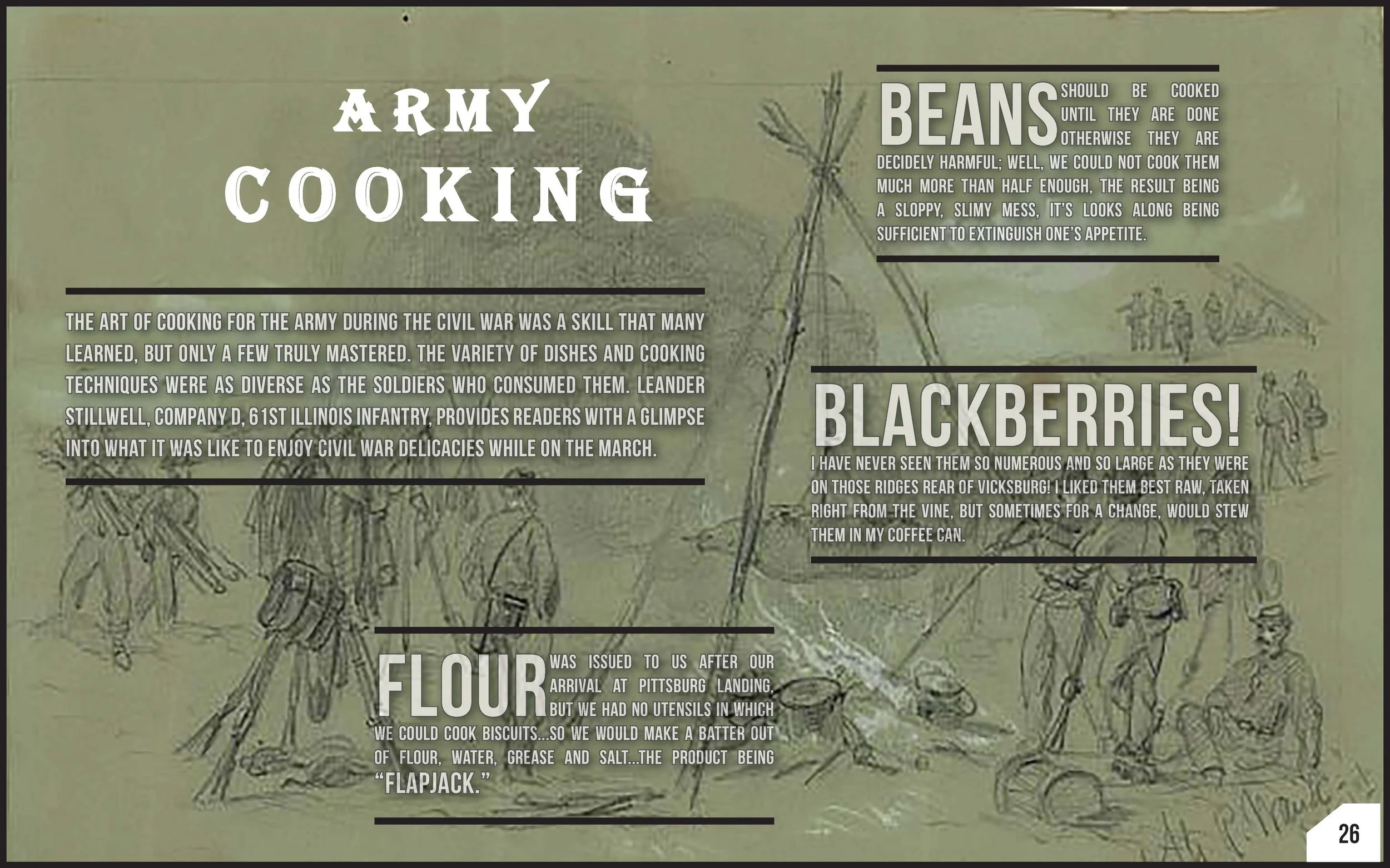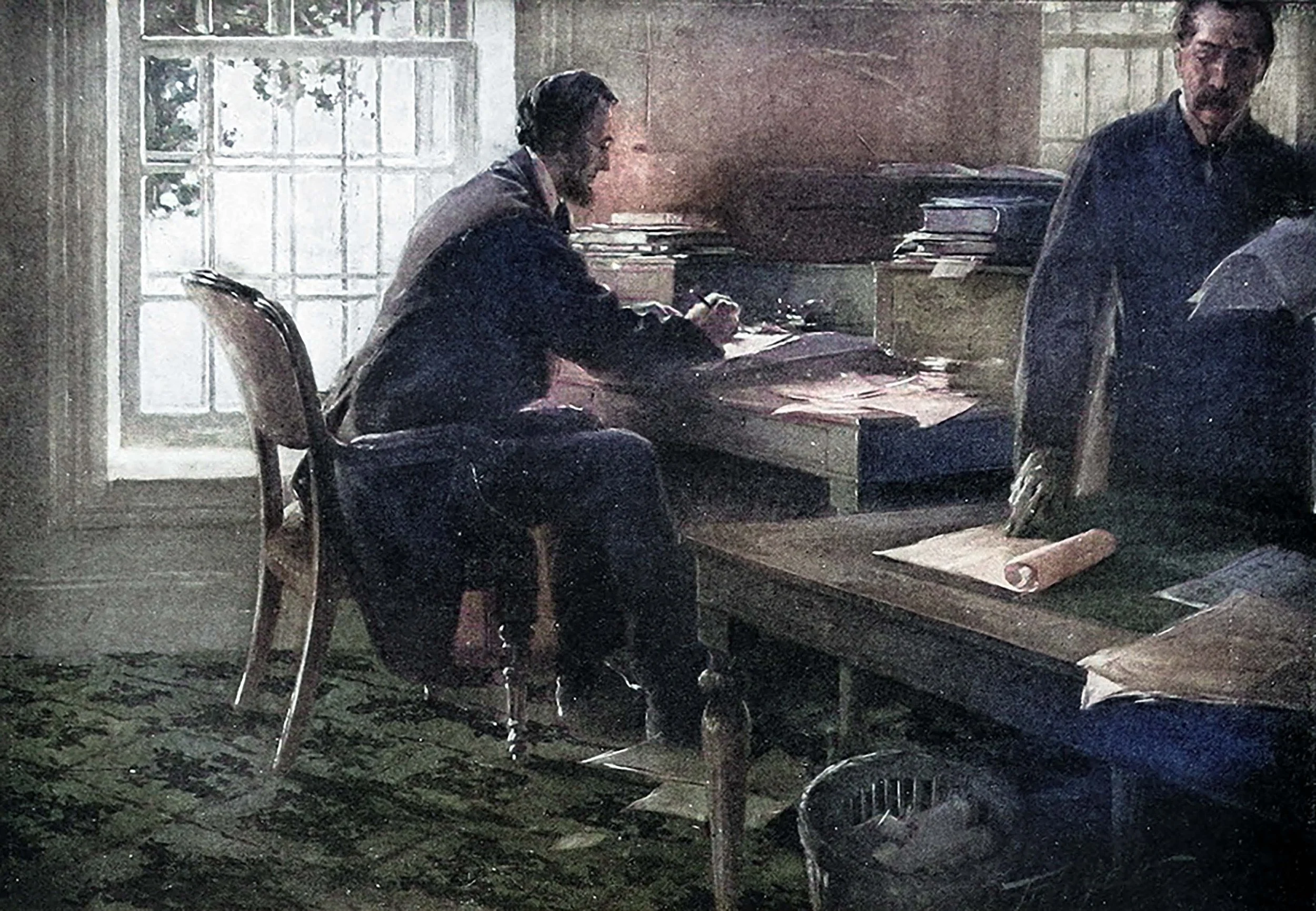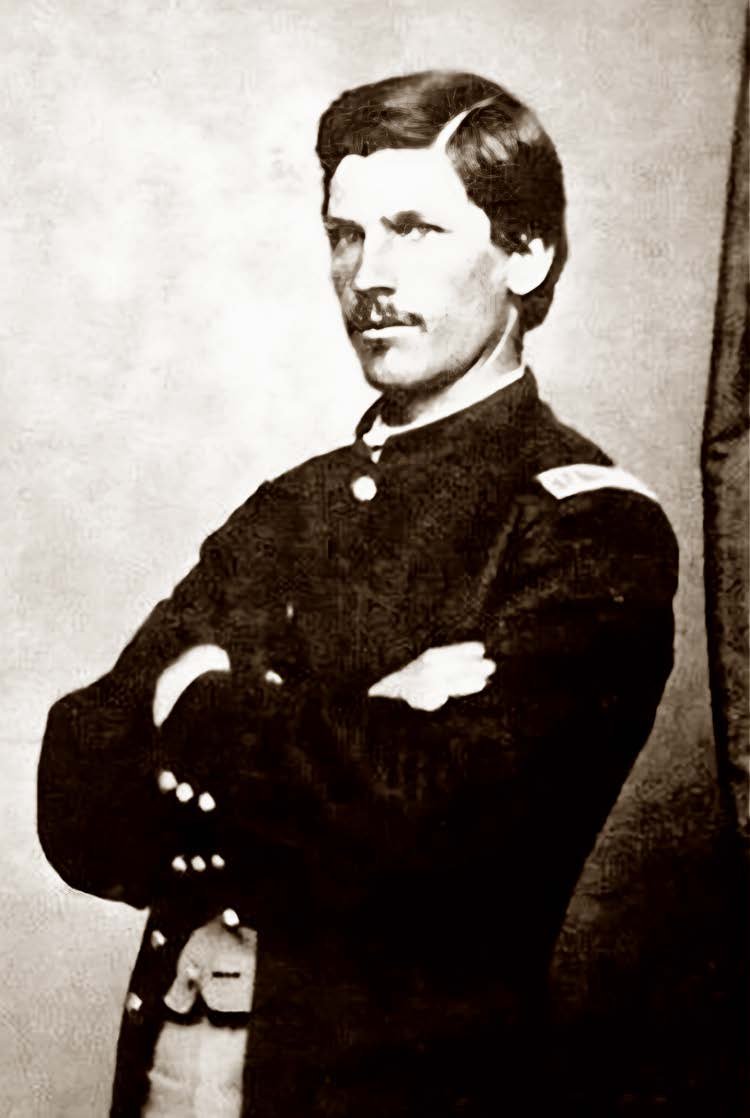
The Art of Army Cooking
The art of cooking was a skill that many learned, but few mastered. Leander Stillwell provides us with a glimpse of Civil War delicacies.
from The Story of a Common Soldier of Army Life in the Civil War, 1861 - 1865 , 1920

Life In Tents: How Soldiers Passed the Time
A Massachusetts veteran describes what it was like to live with twelve other men in a Sibley tent and how soldiers passed the time.
from Hardtack and Coffee, or the Unwritten Story of Army Life , 1887

The ‘Historicus’ Account of the Battle of Gettysburg
In an attempt to manage the narrative of the events at Gettysburg on the afternoon of July 2, an anonymous letter appeared in the March 12, 1864, edition of the New York Herald, exaggerating and misinterpreting Dan Sickles' role in the battle.
from The New Yok Herald , March 12, 1864

Sickles Seizes the Initiative, July 5, 1863
A staff officer recall the tale of when President Abraham Lincoln visited Dan Sickles’ sick bed on July 5, 1863.
from Lincoln and Sickles, 1910

LINCOLN IN RICHMOND
On April 4, 1865, Abraham Lincoln visited the recently abandoned capital of the Confederacy with his son, Tad. A navy captain assigned to protect the president’s party provided a detailed account of the historical event.
from “With Lincoln from Washington to Richmond in 1865,” appearing in Appleton’s, 1907.

“THE MOST SICKENING SIGHT OF THE WAR”
A pioneer in the development of ether volunteers his services during the Overland Campaign, 1864
from an unpublished account appearing in the Journal of American Medical Association, 1907

Abe Lincoln’s Midnight Ride: How Lincoln Outfoxed a Plot to Kill Him in Baltimore
Ward Hill Lamon was assigned to personally protect President-Elect Lincoln during the perilous period leading up to the inauguration. In a revealing account of the behind-the-scenes efforts to ensure Lincoln's safe passage to the capital, Lamon describes how a group of individuals successfully transported Lincoln through Baltimore without being detected.
Ward Hill Lamon

“Welcome to These Madmen About to Die”
In a stirring account of the Battle of Fredericksburg, Lt. Colonel David Watson Rowe of the 126th Pennsylvania describes the sheer terror experienced by a nine-month regiment of volunteers during their first battle test.
D. Watson Rowe, 126th Pennsylvania

Lincoln in the Telegraph Room
The enigmatic President Abraham Lincoln spent numerous hours in the War Department's telegraph office during the Civil War, where he closely monitored developments on the front. David Homer Bates, one of the first military telegraphers hand-selected for the job, had a unique opportunity to witness the president in action as he managed the war while still in the capital. Here, we share some of these compelling scenes.
By David Bates (1907)

An Abolitionist at Bull Run
A courageous twenty-three-year-old from the Midwest, driven by the anti-slavery movement, stands tall with a musket at Bull Run.
By Richard Beecham (1902)

“Cut to Pieces”: William Howard Russell at the Battle of First Bull Run
William Howard Russell, a groundbreaking war correspondent, became well-known for his reporting on the Crimean War. In 1861, he arrived in the U.S. with the intention of covering the conflict and witnessed the retreat at Bull Run. His thorough report of the event ruffled some feathers in Washington.
By William Howard Russell (1861)

Going to the Front: Recollections of a Private
In his Recollections of a Private, Warren Lee Goss provides a unique perspective, taking us on a journey from the life of a law student to that of a private. His engaging and humorous account of the early days of 1861 is a testament to his storytelling prowess.
By Warren Lee Goss (1887/88)